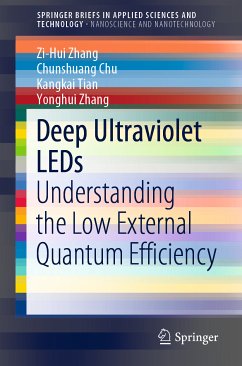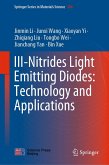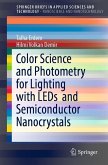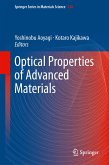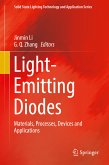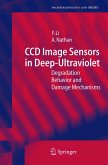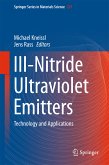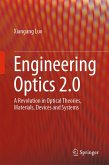This book highlights the origin of low external quantum efficiency for deep ultraviolet light-emitting diodes (DUV LEDs). In addition, it puts forward solutions for increasing the internal quantum efficiency and the light extraction efficiency of DUV LEDs. The book chiefly concentrates on approaches that can be used to improve the crystalline quality, increase carrier injection, reduce the polarization-induced electric field within multiple quantum wells, suppress the TM polarization emission, and enhance the light escape from the semiconductor layer. It also demonstrates insightful device physics for DUV LEDs, which will greatly benefit the optoelectronic community.
Dieser Download kann aus rechtlichen Gründen nur mit Rechnungsadresse in A, B, BG, CY, CZ, D, DK, EW, E, FIN, F, GR, HR, H, IRL, I, LT, L, LR, M, NL, PL, P, R, S, SLO, SK ausgeliefert werden.

